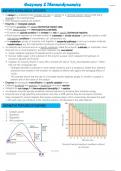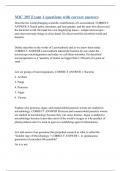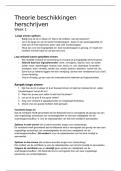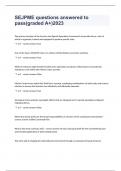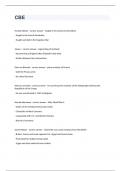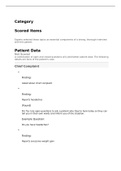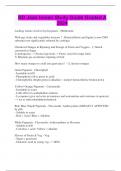Summary
Summary Enzymology & Biological Thermodynamics
- Institution
- University Of The Witwatersrand (wits)
- Book
- Biochemistry
I detailed summary of the chapter 8: Enzymes: Biological Catalysts with relevant images and diagrams to aid in a comprehensive understanding in the key concepts. The concepts included are: Enzymes as Biological Catalysts The Diversity of Enzyme Function Chemical Reaction Rates and the Effects o...
[Show more]
